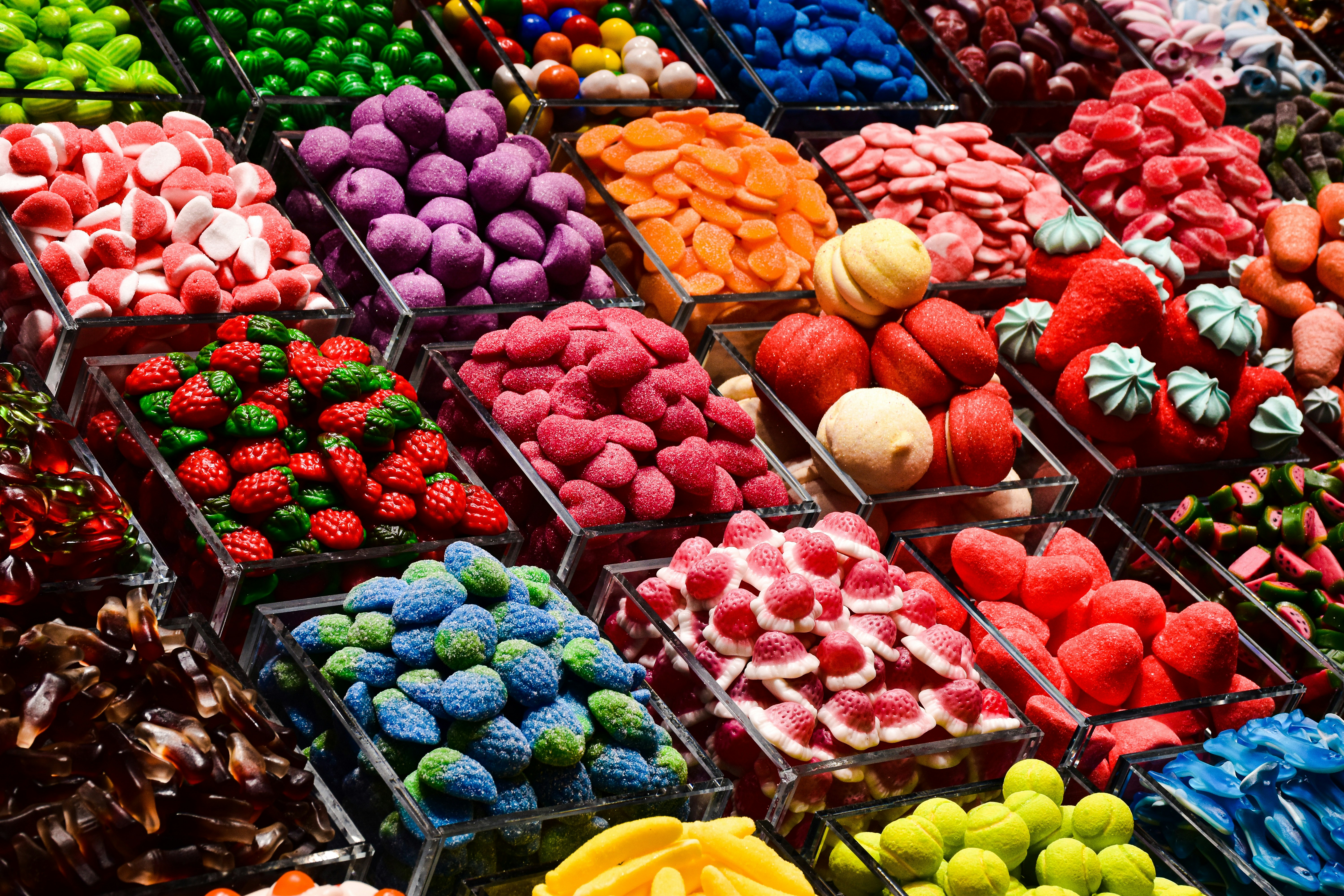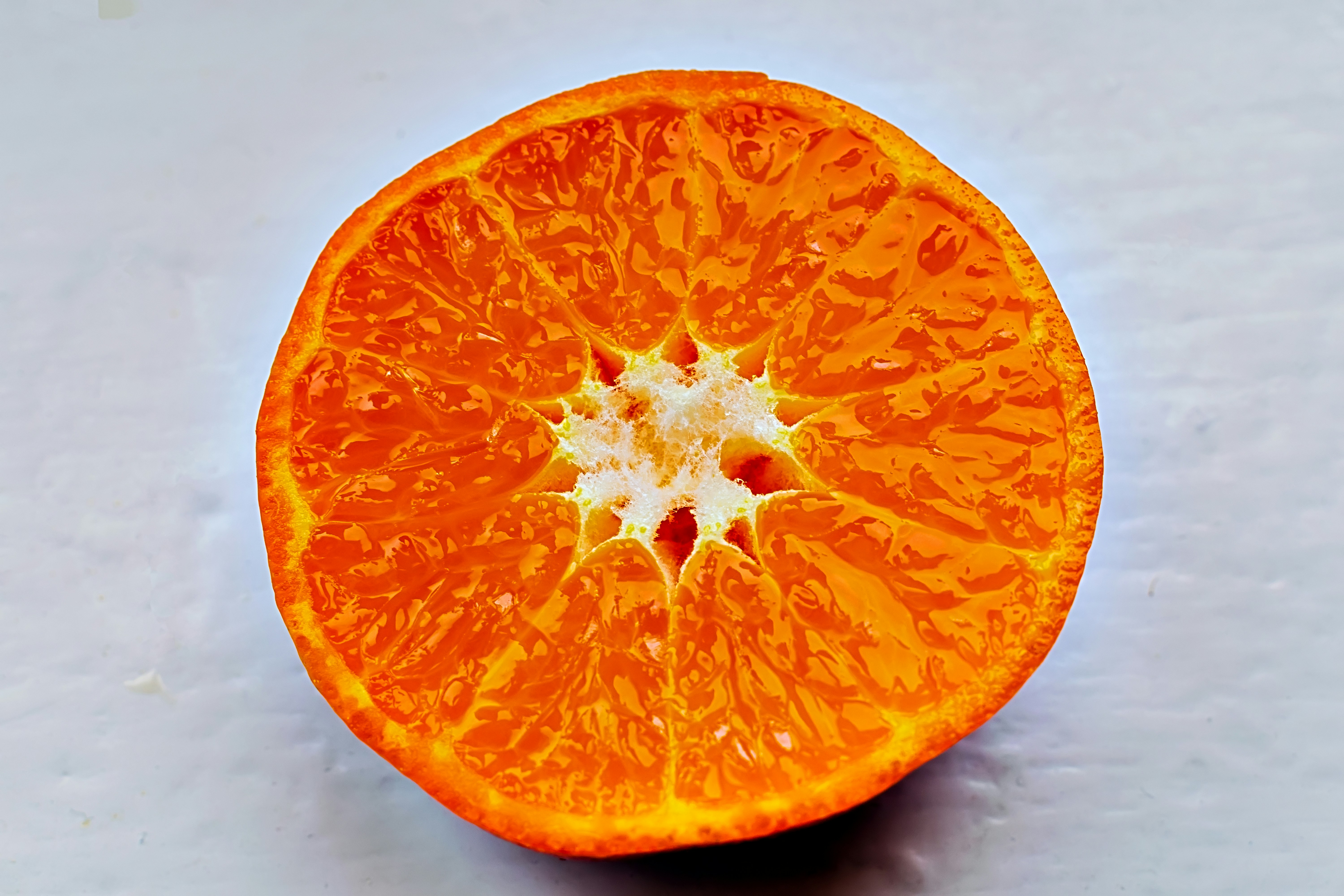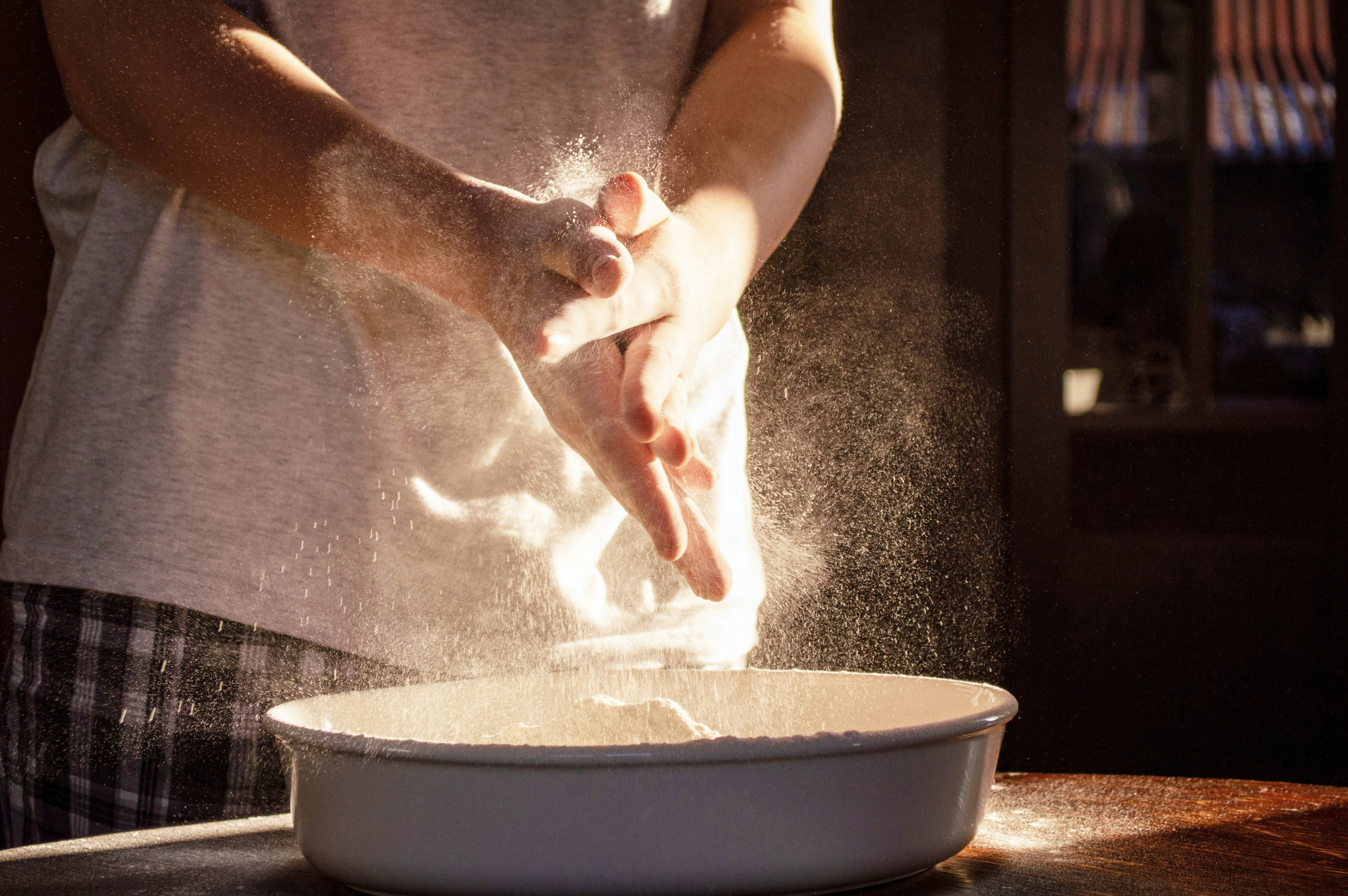The Emotional Plate: Use Color in Food to Elevate Mood & Flavor
When discussing the culinary arts, we often focus on flavors, ingredients, and cooking techniques. However, the vibrant colors on our plates can significantly influence not just the aesthetic appeal of a dish but also our emotional wellbeing. Colors in food can awaken our senses and evoke memories, shaping our overall dining experience. Let’s dive into how you can harness the psychological impact of color in food presentation and ingredients with recipes and cooking tips that enhance both flavor and feelings.
Understanding the Psychology of Color in Food
The theory of color psychology asserts that different colors can elicit various emotional responses. In culinary practices, this means that the colors we choose for our ingredients and plating can significantly impact our mood and perceptions of flavor. From the energizing hues of fresh vegetables to the comforting shades of hearty grains, incorporating a rainbow of colors not only enhances visual appeal but also promotes mental wellness.
This concept is well documented in various studies, including how red foods can stimulate appetite while blue foods tend to have the opposite effect, causing people to feel less hungry. According to an article from Harvard Business Review, integrating color psychology into various aspects of life can enhance our experiences, including those involving food.
Colorful Ingredients and Their Emotional Aspects
Each color in our meal represents a range of nutrients and health benefits. Understanding the properties of these colors can help you create dishes that nourish not only the body but also the mind.
Red: Energy and Passion
Foods: Red bell peppers, tomatoes, strawberries.
Red foods are known for their vibrant energy and represent excitement and passion. Using red ingredients in your dishes can boost enthusiasm and motivation. Consider making a vibrant Tomato and Strawberry Salad drizzled with balsamic vinegar. This refreshing combination not only looks stunning but also offers a delightful contrast of sweetness and acidity.
Orange: Joy and Enthusiasm
Foods: Carrots, sweet potatoes, oranges.
Orange foods are associated with warmth and cheerfulness. They can uplift your mood and promote a sense of wellbeing. A simple recipe to enhance feelings of joy might be Roasted Carrots and Sweet Potatoes seasoned with maple syrup and thyme. This dish infuses comfort into any meal while providing numerous vitamins.
Yellow: Optimism and Clarity
Foods: Corn, yellow squash, lemons.
Yellow is all about optimism and happiness. Foods that are yellow can enhance mental clarity and stimulate creative thinking. Lemon Risotto is a perfect example of how to use this color to create a delicious meal that boosts your mood. This creamy dish’s brightness showcases the joy of cooking and enjoying good food.
Green: Balance and Harmony
Foods: Spinach, broccoli, green apples.
Green foods symbolize balance, harmony, and health. They are prevalent in detox diets and are deemed essential for emotional stability. Consider a Green Goddess Salad with leafy greens, avocado, and a zesty green dressing. This dish delights the eye while promoting tranquility, both in your kitchen and at the dinner table.
Blue and Purple: Calm and Reflection
Foods: Blueberries, eggplants, red cabbage.
Blue and purple foods represent relaxation and can help relieve stress. These colors are soothing and calming, making them an excellent choice for evening meals. Create a dish of Roasted Eggplant and Chickpeas tossed in tahini sauce for a balanced, comforting dinner that eases your mind. Blueberries can be added into desserts or smoothies, showcasing both colors while indulging your sweet tooth.
Neutral Colors: Grounding and Stability
Foods: Whole grains, nuts, legumes.
Neutral colors like browns and beiges can provide grounding in a colorful meal. They are often found in whole grains and legumes, representing stability and nourishment. Serve a Quinoa and Lentil Bowl topped with a drizzle of olive oil and freshly chopped herbs. This earthy dish resembles balance in both flavor and presentation, creating a fulfilling dining experience.
Visual Plating Techniques: Creating a Feast for the Eyes
Plating is not just a technical aspect of cooking. It’s an art form that shapes the first impressions diners have of a meal. Here are some techniques to help you use color strategically:
Layering Colors
Layering different colored ingredients not only enhances flavor profiles but also visual impact. Start with a base of greens, layer on vibrant reds and yellows, and finish with neutral grains or proteins. This not only looks appealing but also tells a story of flavor that engages the diner.
Emphasis on Color Balance
Aim for an equal distribution of colors on the plate. A well-balanced meal not only looks stunning but also signifies nutritional balance. For example, presenting your Mediterranean Grain Bowl with lively vegetables against a backdrop of tan quinoa creates visual harmony.
Use of Natural Elements
Incorporate edible flowers or herbs for a pop of color that elevates not only the visual appeal but also the flavors. For instance, topping a Vanilla Panna Cotta with bright edible flowers not only enhances the dish aesthetically but also adds a subtle layer of floral essence that complements the dessert's creaminess.
Recipes for Emotionally Charged Dining Experiences
1. Vibrant Quinoa Salad with Citrus Dressing
Combining protein-rich quinoa with a variety of colorful vegetables can uplift mood and energy levels, thanks to the diverse nutrients.
- Ingredients: Quinoa, bell peppers, cucumbers, carrots, and citrus dressing.
- Instructions: Cook the quinoa, chop the veggies, mix them, and whisk together lemon juice and honey for the dressing.
2. Rainbow Vegetable Stir Fry
Harness the power of multi-colored vegetables to create a beautifully vibrant dish that nourishes both the body and the soul.
- Ingredients: Broccoli, carrots, bell peppers, and snap peas.
- Instructions: Stir-fry with sesame oil and a splash of soy sauce, adding toppings of sesame seeds for extra crunch.
3. Emotional Comfort Bowl
Create a bowl filled with grains, roasted vegetables, and a protein source, designed to cater to all color requirements while focusing on comfort.
- Ingredients: Brown rice, roasted sweet potato, chickpeas, and greens.
- Instructions: Roast veggies, serve them over rice, and sprinkle with a flavorful tahini dressing.
Creating Meals That Evoke Specific Feelings
Using color theory, you can design a menu based on the emotions you want to evoke while dining. For a gathering focused on energizing conversations, incorporate vibrant reds, yellows, and oranges in your dishes. If you’re hosting a relaxing dinner, consider a palette of greens and cool tones.
Balancing Flavors and Emotions
It's essential to find a balance between flavor and visual presentation. While color can shift emotions, the taste will ultimately dictate the dining experience. Cooking with colors can significantly heighten enjoyment, so consider incorporating a variety of textures alongside vibrant ingredients. For support on elevating flavor perception, consider checking out this guide.
Seasonal Cooking for Colorful Plates
During different seasons, various colors of ingredients become available. Spring might invite bright greens and yellows, while autumn provides rich oranges and earthy browns. Adapt your menu and approach according to seasonal ingredients that nurture emotional health while celebrating each unique time of year.
If you want to explore how flavors can tie into emotional experiences, discover more about how flavors of emotions influence cooking choices in this insightful article.
Final Thoughts: A Joyful Approach to Culinary Creation
Incorporating color into your meals extends beyond mere aesthetics; it is a powerful tool for connection, communication, and emotional wellness. By understanding how colors influence our mood and perceptions, you can craft meals that not only tantalize the taste buds but also nourish the spirit.
Whether you're cooking for yourself or impressing guests, think about how to create colorful, emotionally enriching plates that elevate every dining experience. Ready to transform your cooking with color? Your emotional culinary journey awaits—you just have to get started!






